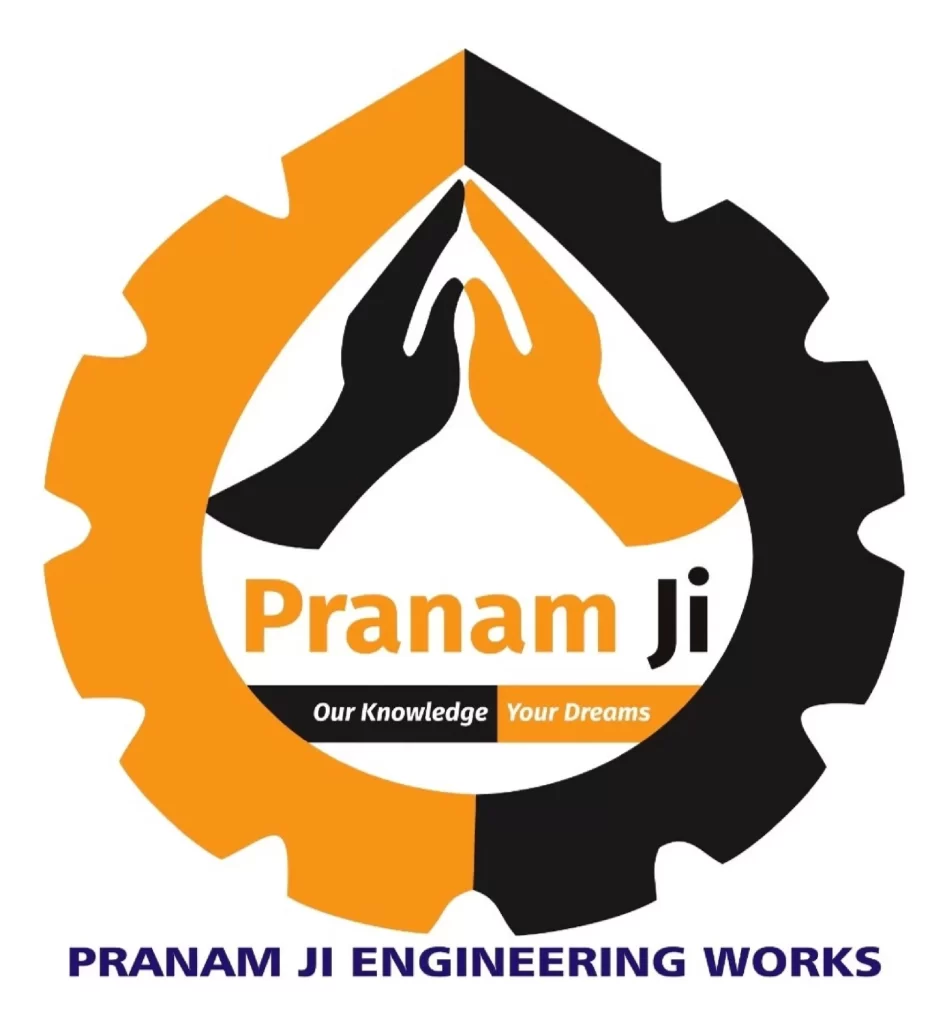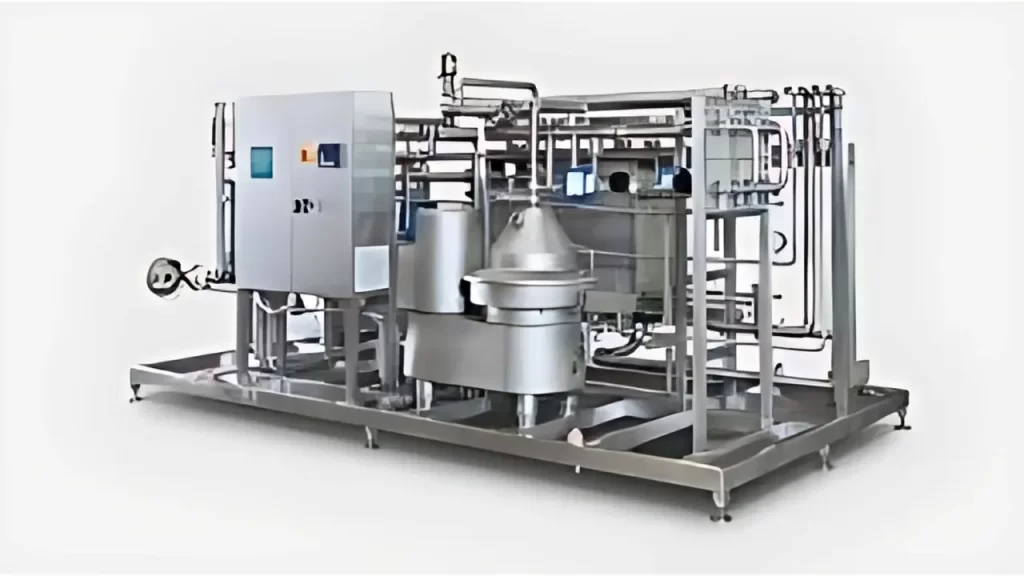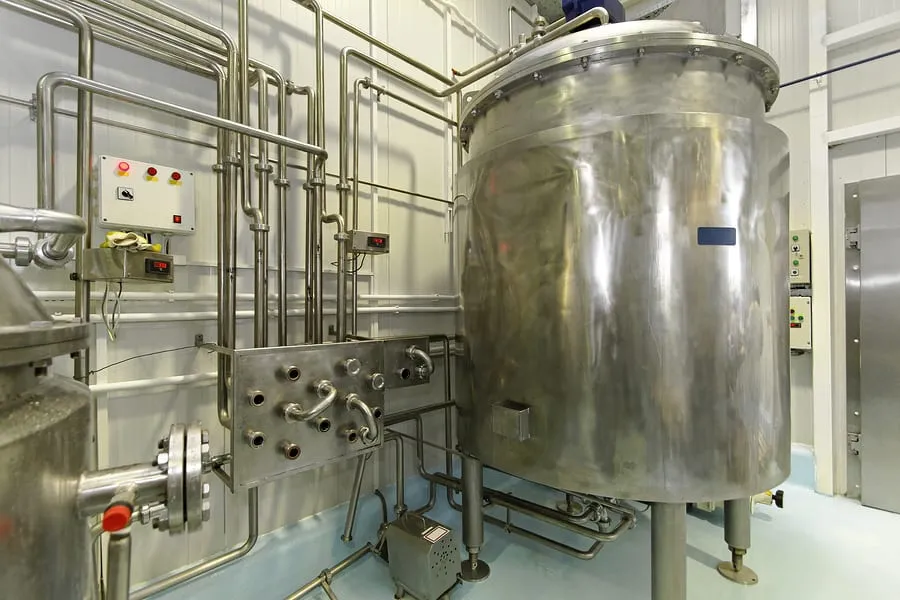Milk Pasteurization Method
Pranam Ji Engineering Works offers high-quality dairy machinery to ensure the best practices in milk processing. One of the most critical steps in milk processing is the Milk Pasteurization Method, a widely used technique to ensure milk safety and quality. Let’s take a closer look at what it entails and why it’s important. What is Milk Pasteurization? Milk pasteurization is a heat treatment process that destroys harmful bacteria and pathogens in raw milk while preserving its nutritional value and flavor. It was first developed by French scientist Louis Pasteur in the 19th century and is now a standard method in dairy production. The pasteurization process helps to extend the shelf life of milk, making it safer for consumption and reducing the risk of foodborne illnesses. Benefits of the Milk Pasteurization Method Methods of Pasteurization There are many different levels and methods of pasteurization, which vary based off the temperatures used to heat up a product and the amount of time spent doing so. Deciding on what pasteurization method to use largely depends on the type of product you’re working with. When it comes to pasteurizing dairy products such as milk and cream, two of the most common types are vat pasteurization and HTST pasteurization. Vat Pasteurization Vat Pasteurization, also called batch pasteurization or the holding method, is one of the earliest techniques used for pasteurization dairy products. Beyond milk processing, this method is widely utilized in the dairy industry for producing yogurt, cheese, ice cream mixes, and other products. Vat pasteurization works by heating every particle of milk or cream in specially designed and operated equipment for 30 minutes, a significantly longer time compared to other pasteurization methods, effectively destroying harmful bacteria. Recommended Temperature For Vat Pasteurization It is necessary to heat the milk product to 145°F (63°C) for 30 minutes. If the fat content of the milk product is 10 percent or greater, or a total solids of 18% or greater, or if it contains added sweeteners, the specified temperature shall be increased by 5°F (3°C). The presence of both butter granules and cream plug are possible in milk and cream. Heating & Agitation Method For Vat Pasteurization For the right balance of heating and agitation, it is important to efficiently operate a vat pasteurizer. If the heating temperatures are too low, the milk product temperature will not rise quickly enough. If heating temperatures are too high, the milk product may “cook on” the heating surface. The speed of heating is affected by the ability of your agitator to keep the product moving to, and away from, the heating surface. However, simply speeding up your agitator will not necessarily give you the desired result. Agitators are designed for certain speeds and highly efficient agitators may require high heating water temperatures. Failure to balance the heating surface with your agitation type and speed can result in improper pasteurization. Holding Period For Vat Pasteurization Vat pasteurization has to be done at a high temperature for a long time period. During the holding period, the vat must remain closed to prevent cooling from occurring during pasteurization. Vats should have an airspace heater to keep the air above the product at or above 145°F. Airspace heaters also ensure the pasteurization of milk droplets that are splashed on the sides of the vat and condensate on the inside of the vat cover. The bottom and sides of the vat must be insulated or jacketed to maintain proper temperatures during the holding period. HTST Pasteurization HTST Pasteurization, or High Temperature Short Time pasteurization, also known as flash pasteurization or the continuous method, is one of the most widely used pasteurization techniques today. This method involves a continuous process that quickly and efficiently destroys harmful microorganisms in milk and dairy products, ensuring both safety and quality. Recommended Temperature For HTST Pasteurization HTST pasteurization, milk must be rapidly heated to a minimum temperature of 161°F (72°C) for at least 15 seconds, followed by quick cooling. If the milk product has a fat content of 10% or higher, a total solids content of 18% or greater, or contains added sweeteners, the required temperature should be increased by 5°F (3°C). Components of an HTST Pasteurization System An HTST pasteurization system is a modular unit that includes a Plate Heat Exchanger (PHE), stainless steel storage tank, feed pumps, holding tube, flow diversion valve, and pasteurized milk tank. The heat exchanger sends the product through a series of stainless steel plates. The product flows on one side while the heating media flows on the opposite side to raise the temperature of the milk. If the required temperature or time requirements are not met then a flow diversion valve re-routes the product back through the heat exchanger. Benefits of HTST Pasteurization Vat pasteurization is the oldest method for pasteurizing food products, but High Temperature Short Time has gained favor with many in the food industry over the years. Some of the advantages of HTST include: Choosing Best Pasteurization Method When you are trying to decide which pasteurization method will be best for your application, there are lots of things to think about. First of all, the most important factor you need to consider is your budget, then the value of the product you’re pasteurizing, and the heating pace you desire. Small-scale dairy operations tend to go with vat pasteurization. When it comes to financials, the holding method is the lower cost option. If you’re working with smaller batches, the lower temperatures and longer times can be more ideal. Processing plants that handle less than 1000 gallons daily may also use the pasteurizing vat as the storage tank. Standardization and the adding of vitamin concentrates can be done in the vat pasteurizer before heating. If a processing plant handles volumes in excess, then HTST would be the most economical and successful option. HTST systems are designed to work with increased quantities at higher efficiencies. But since the continuous method requires more components, it can be more expensive than the holding method. Additional



